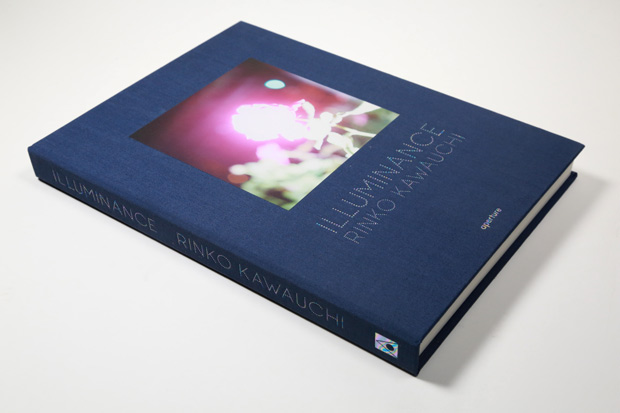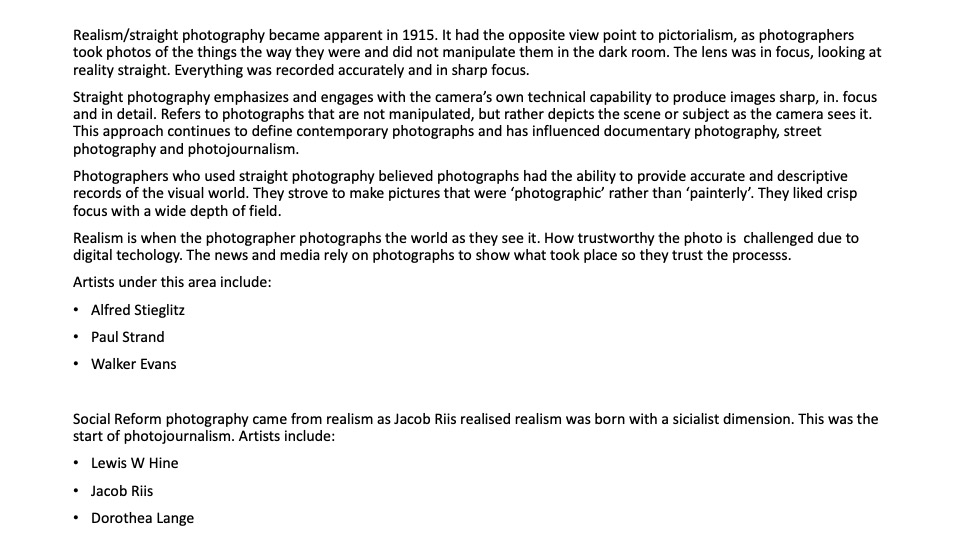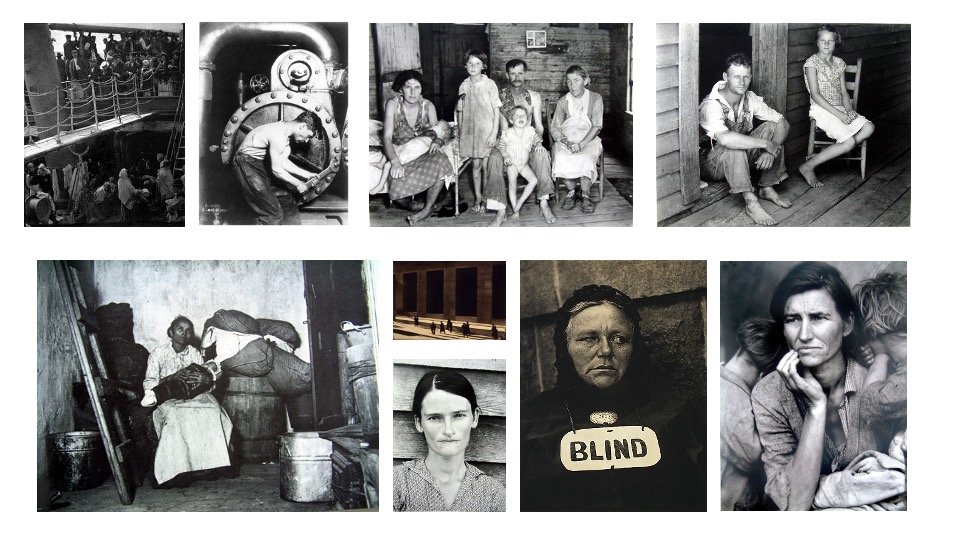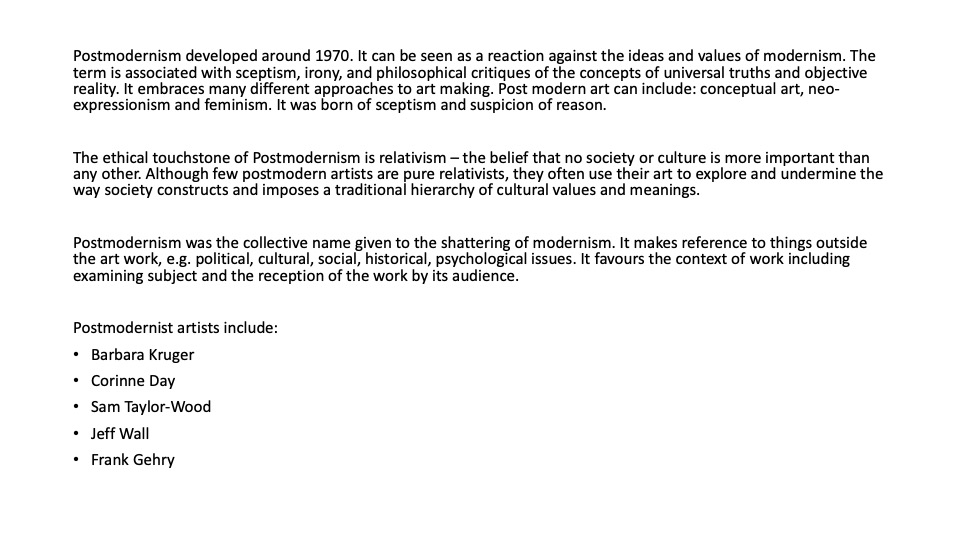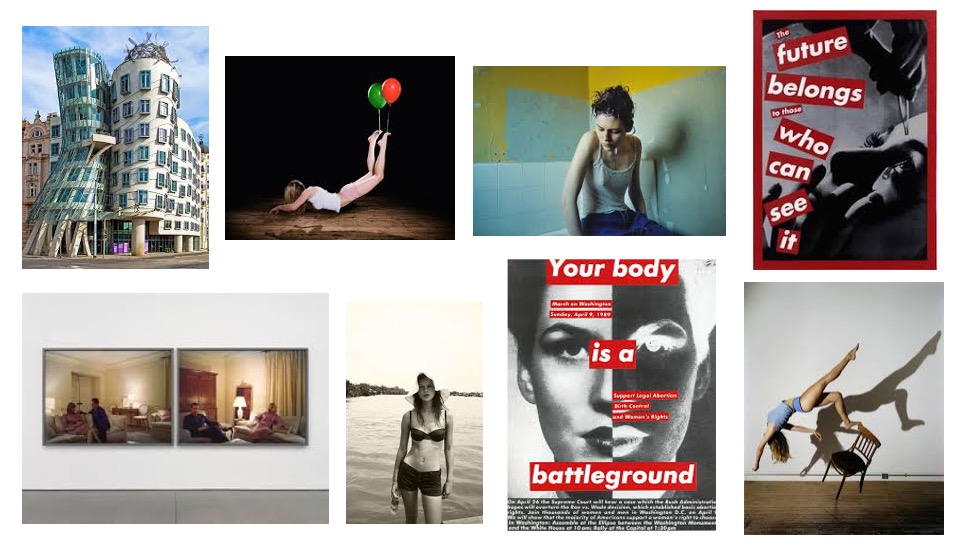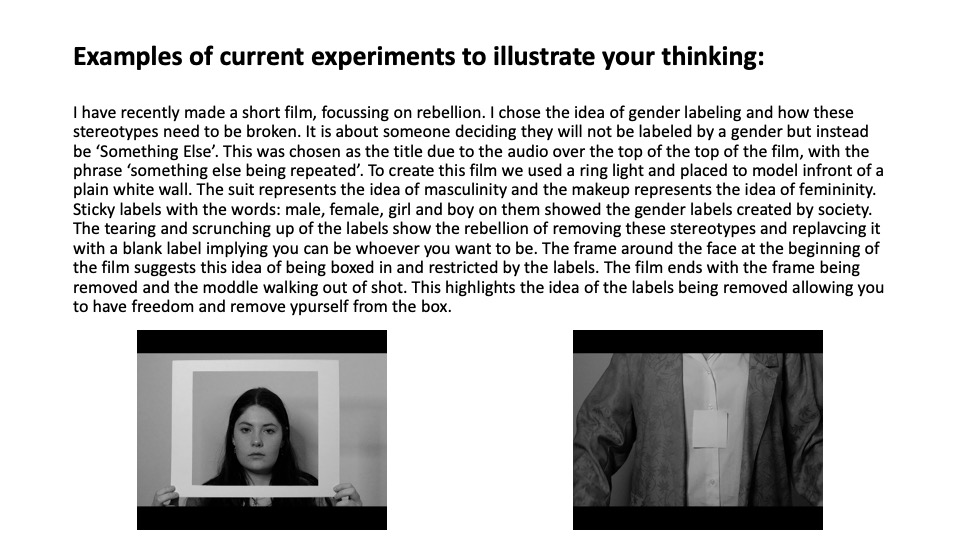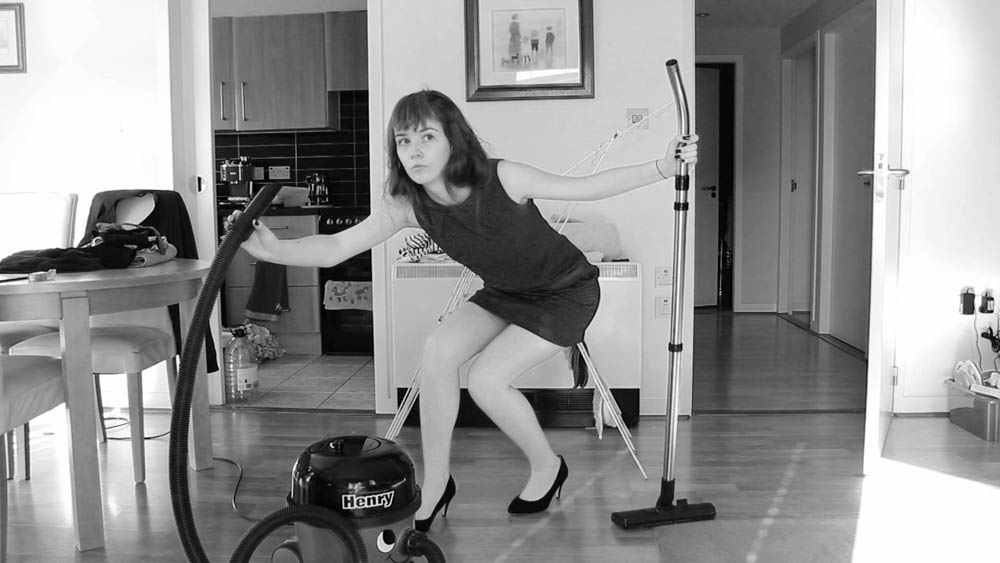1. Research a photo-book and describe the story it is communicating with reference to subject-matter, genre and approach to image-making.
The photo book, Illuminance shows the photographers passions through simple but striking images. Some people explain the images as solitary. Illuminance consists of 176 photos, taken over 15 years. The book was inspired by the aesthetic of Wabi-Sabi, which is “a philosophy of reduction, modesty and the beauty of imperfection” / the Japanese philosophy of accepting your imperfections and making the most of life. She creates her own unique perspective of the world.
2. Who is the photographer? Why did he/she make it? (intentions/ reasons) Who is it for? (audience) How was it received? (any press, reviews, awards, legacy etc.)
Rinko Kawauchi is a Japanese photographer, born 1972 in Shiga Japan. She lives and works in Tokyo after studying graphic design and photography at Seian University of Art and Design. She is known world wide for her varied use of colour and power in composition. She draws attention to small details and looks at the world around her with enchantment. Her images offer us a captivating view of the world around us. Kawauchi says: “differentiates between a photograph and an artwork. Seeing two images next to each other opens up the imagination and gives birth to something else. Flipping through the pages of the book, it can arouse feelings of excitement, sadness, or happiness—things that are hard [for me] to do with words.” ~ https://time.com/3776240/rinko-kawauchis-illuminance/
3. Deconstruct the narrative, concept and design of the book and apply theory above when considering:
Paper and ink: use of different paper/ textures/ colour or B&W or both. ~ Matte Paper, bold colours, smooth texture.
Format, size and orientation: portraiture/ landscape/ square/ A5, A4, A3 / number of pages ~ Portrait, 163 pages.
Binding, soft/hard cover. image wrap/dust jacket. saddle stitch/swiss binding/ Japanese stab-binding/ leperello ~ Clothbound Japanese binding.
Cover: linen/ card. graphic/ printed image. embossed/ debossed. letterpress/ silkscreen/hot-stamping ~ Printed image of a flower.
Title: literal or poetic / relevant or intriguing ~ Intriguing.
Narrative: what is the story/ subject-matter. How is it told? ~ The beauty of imperfection
Design and layout: image size on pages/ single page, double-spread/ images/ grid, fold- outs/ inserts. ~ Single pages, bottom part of the page left blank.

